An estimated 31.6 million people live in the path of totality of the solar eclipse expected to pass over North America on April 8. As excitement builds, it’s important to know how to safely view the event (whether you’re in…
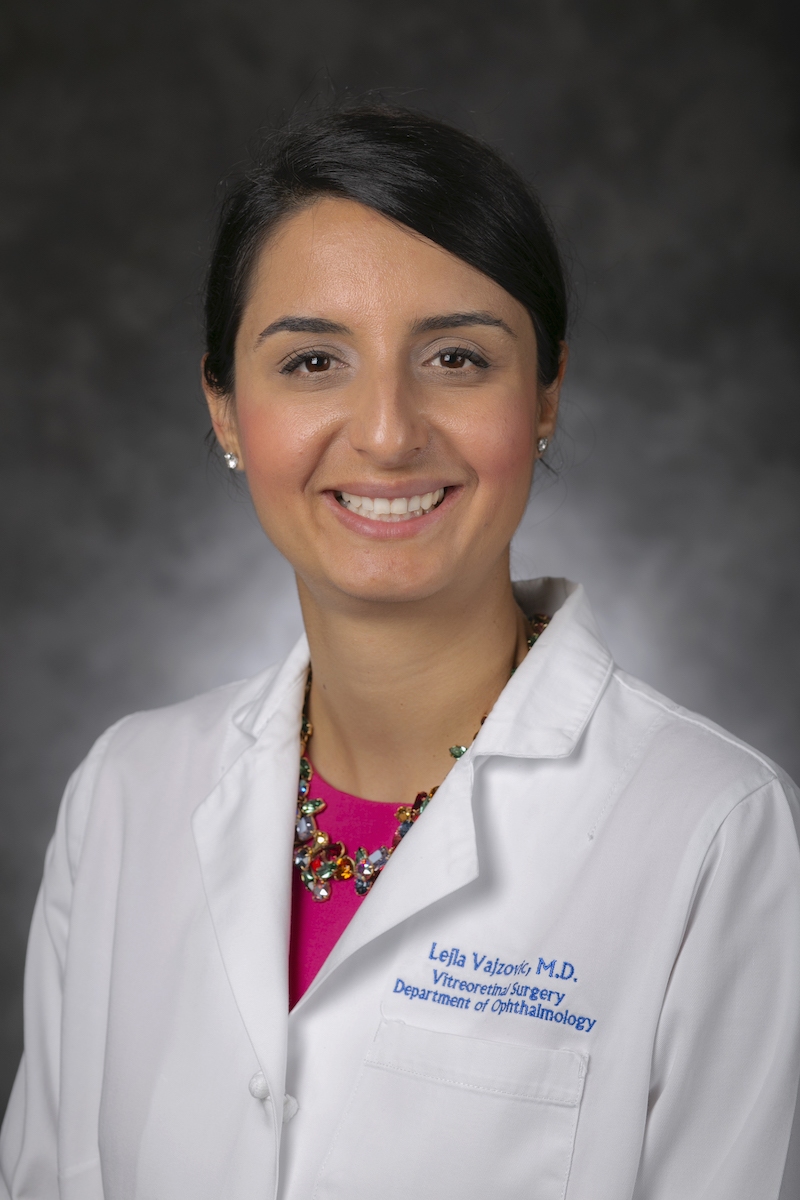
news, journals and articles from all over the world.

An estimated 31.6 million people live in the path of totality of the solar eclipse expected to pass over North America on April 8. As excitement builds, it’s important to know how to safely view the event (whether you’re in…
The research team investigated the four extracellular matrix proteins Brevican, Neurocan, Tenascin-C and Tenascin-R, which occur in the cell environment of nerve cells of the retina.
David Winter, MD, at Baylor Scott & White Health, answers the most common patient questions and reacts to the latest medical research. Winter, you recently had cataract surgery. How are you doing, and has your vision improved? (SOT@ :14, TRT…
Advancements that could lead to earlier diagnosis and treatment for diabetic retinopathy, a common complication that affects the eyes, have been identified by a multi-department research team from Michigan State and other universities.
Blood vessel abnormalities in the eye are a major factor in the progression of Alzheimer’s disease, according to research from Cedars-Sinai investigators published in the peer-reviewed journal Alzheimer’s & Dementia: The Journal of the Alzheimer’s Association.
Researchers at NIH’s National Eye Institute have published a detailed protocol for making three cell types that are key components to form blood vessels and capillaries.
The American Society of Retina Specialists (ASRS) is pleased to announce that its official peer-reviewed scientific journal, Journal of VitreoRetinal Diseases (JVRD), has been granted indexing in PubMed Central (PMC).
New UCLA research in mice suggests that “dormant” cone photoreceptors in the degenerating retina are not dormant at all, but continue to function, producing responses to light and driving retinal activity for vision.
Metabolic pathways consist of a series of biochemical reactions in cells that convert a starting component into other products. There is growing evidence that metabolic pathways coupled with external stress factors influence the health of cells and tissues.
Rockville, Md.—The Association for Research in Vision and Ophthalmology (ARVO) Foundation congratulates Demetrios G. Vavvas, MD, PhD, the 2022 recipient of the Kreissig Award for Excellence in Retinal Surgery. Established by Ingrid Kreissig, MD, through the ARVO Foundation, the $30,000 award recognizes excellence in the understanding of the mechanisms of retinal disease requiring surgical management, innovative approaches to management, and/or outcomes of surgical treatment.
Retinal cells grown from stem cells can reach out and connect with neighbors, according to a new study, completing a “handshake” that may show the cells are ready for trials in humans with degenerative eye disorders.Over a decade ago, researchers from the University of Wisconsin–Madison developed a way to grow organized clusters of cells, called organoids, that resemble the retina, the light-sensitive tissue at the back of the eye.
If you’re living with Type 1 or Type 2 diabetes, you likely know how the condition can impact your overall health. But, focusing on how diabetes can affect your vision can go a long way toward maintaining your clear view of the world, according to the American Society of Retina Specialists (ASRS).
Scientists have discovered a mechanism by which an area of a protein shape-shifts to convert vitamin A into a form usable by the eye’s light-sensing photoreceptor cells.
Using a new imaging technique, researchers from the National Eye Institute have determined that retinal lesions from vitelliform macular dystrophy (VMD) vary by gene mutation. Addressing these differences may be key in designing effective treatments for this and other rare diseases. NEI is part of the National Institutes of Health.
Loss of the protein pigment epithelium-derived factor (PEDF), which protects retinal support cells, may drive age-related changes in the retina, according to a new study in mice from the National Eye Institute (NEI).
The eye’s light-sensing retina taps different circuits depending on whether it is generating image-forming vision or carrying out a non-vision function such as regulating pupil size or sleep/wake cycles, according to a new mouse study from the National Eye Institute (NEI) and the National Institute of Mental Health (NIMH).

In the first study of its kind, researchers found that recordings from the retina could identify distinct signals for both Attention Deficit Hyperactivity Disorder (ADHD) and Autism Spectrum Disorder (ASD) providing a potential biomarker for each condition.
The American Society of Retina Specialists (ASRS) invites members of the press to cover the latest advances in retina science and practice during its 40th Annual Scientific Meeting, July 13-16.
A dedicated neural circuit in the retina detects shadows even in near-complete darkness
Researchers have identified distinct differences among the cells comprising a tissue in the retina that is vital to human visual perception. The scientists from the National Eye Institute (NEI) discovered five subpopulations of retinal pigment epithelium (RPE)—a layer of tissue that nourishes and supports the retina’s light-sensing photoreceptors. Using artificial intelligence, the researchers analyzed images of RPE at single-cell resolution to create a reference map that locates each subpopulation within the eye.
Healthy sight allows us to experience all of the world’s wonders. Our retinas make good vision possible. The American Society of Retina Specialists (ASRS) encourages the public to learn about the healthy habits that can help safeguard your retinas and your sight.
New research shows that a treatment for retinal vein occlusion yields long-lasting vision gains, with visual acuity remaining significantly above baseline at five years. However, many patients require ongoing treatment.
Donald Zack, MD, PhD, is recognized for ground-breaking contributions to the field of vision research, funded by Research to Prevent Blindness, an anonymous donor, and the Association of University Professors of Ophthalmology.
The July/August 2021 issue of the Journal of VitreoRetinal Diseases (JVRD), the official peer-reviewed, scientific journal of the American Society of Retina Specialists, has been published.
Researchers at the National Eye Institute (NEI) have determined how certain short protein fragments, called peptides, can protect neuronal cells found in the light-sensing retina layer at the back of the eye. The peptides might someday be used to treat degenerative retinal diseases, such as age-related macular degeneration (AMD).
As regenerative therapies for blinding diseases move closer to clinical trials, the National Eye Institute’s functional imaging consortium, a part of the NEI Audacious Goals Initiative (AGI), is pioneering noninvasive technologies to monitor the function of the retina’s light-sensing neurons and their connections to the brain.
Working with fish, birds and mice, Johns Hopkins Medicine researchers report new evidence that some animals’ natural capacity to regrow neurons is not missing, but is instead inactivated in mammals. Specifically, the researchers found that some genetic pathways that allow many fish and other cold-blooded animals to repair specialized eye neurons after injury remain present in mammals as well, but are turned off, blocking regeneration and healing.
Retinal cells derived from a cadaver human eye survived when transplanted into the eyes of primate models, an important advance in the development of cell therapy to treat blindness, according to a study published on January 14 in Stem Cell Reports.
For many people, the new year means making New Year’s resolutions to improve health and wellness, such as losing weight or getting more sleep. Habits that help support retina health should be top priorities as well, according to the American Society of Retina Specialists (ASRS).
Article title: SLC26A7 constitutes the thiocyanate-selective anion conductance of the basolateral membrane of the retinal pigment epithelium Authors: Xu Cao, Manoocher Soleimani, Bret A. Hughes From the authors: “These findings establish SLC26A7 as the SCN−-selective conductance of the [retinal pigment epithelium] basolateral membrane…

Scientists from the John A. Moran Eye Center at the University of Utah have achieved another first in the field of connectomics, which studies the synaptic connections between neurons. The National Institutes of Health (NIH)-funded lab has produced the first pathoconnectome, showing how eye disease alters retinal circuitry.
The American Society of Retina Specialists (ASRS) today announced the launch of a new audio and video podcast series providing consumers with critical information about the signs, symptoms and risk factors of retina disease and the importance of seeing a retina specialist for specialized care.
Following a long-term diet that’s low in carbohydrates and high in fat and protein from vegetables may lower the risk of the most common subtype of glaucoma
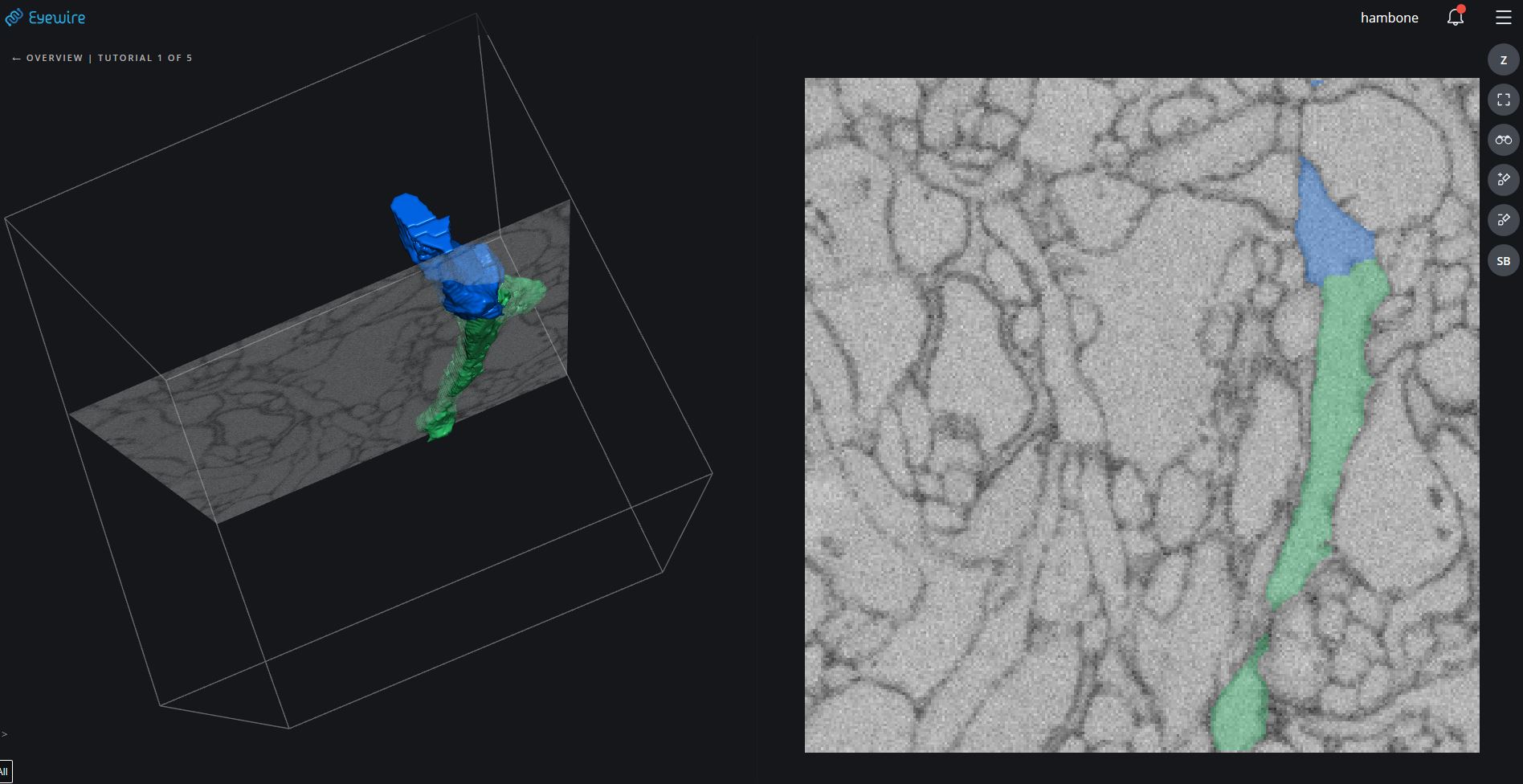
Researchers seeking to unravel the mysteries of how our amazingly complex brains do what they do, often start with the eye. An extension of neural tissue connecting the eye and brain, the retina, the light-sensing tissue at the back of the eye has long been a model for scientists to explore how the brain works.
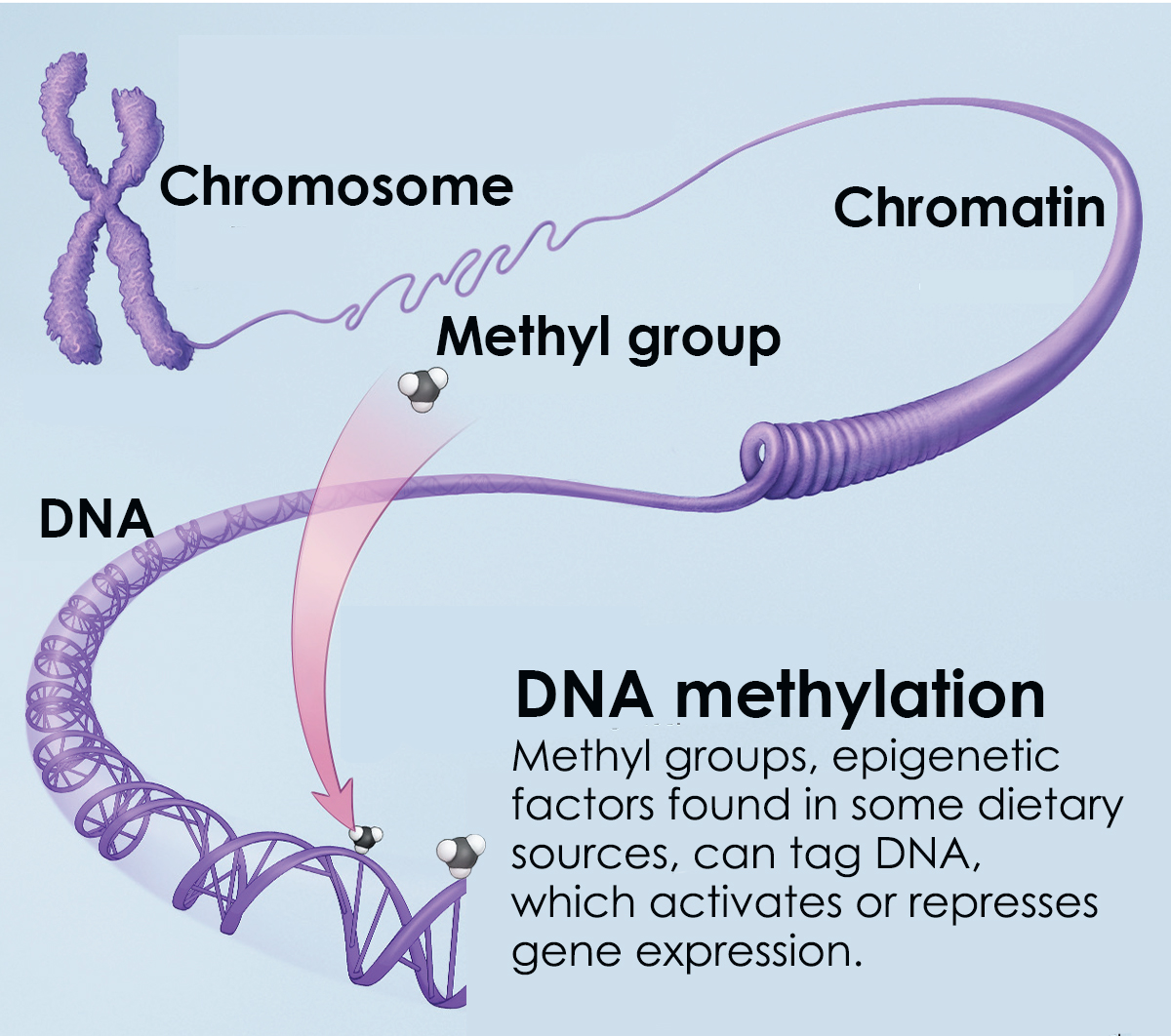
National Eye Institute (NEI) researchers profiling epigenomic changes in light-sensing mouse photoreceptors have a clearer picture of how age-related eye diseases may be linked to age-related changes in the regulation of gene expression. The findings, published online April 21 in Cell Reports, suggest that the epigenome could be targeted as a therapeutic strategy to prevent leading causes of vision loss, such as age-related macular degeneration (AMD).
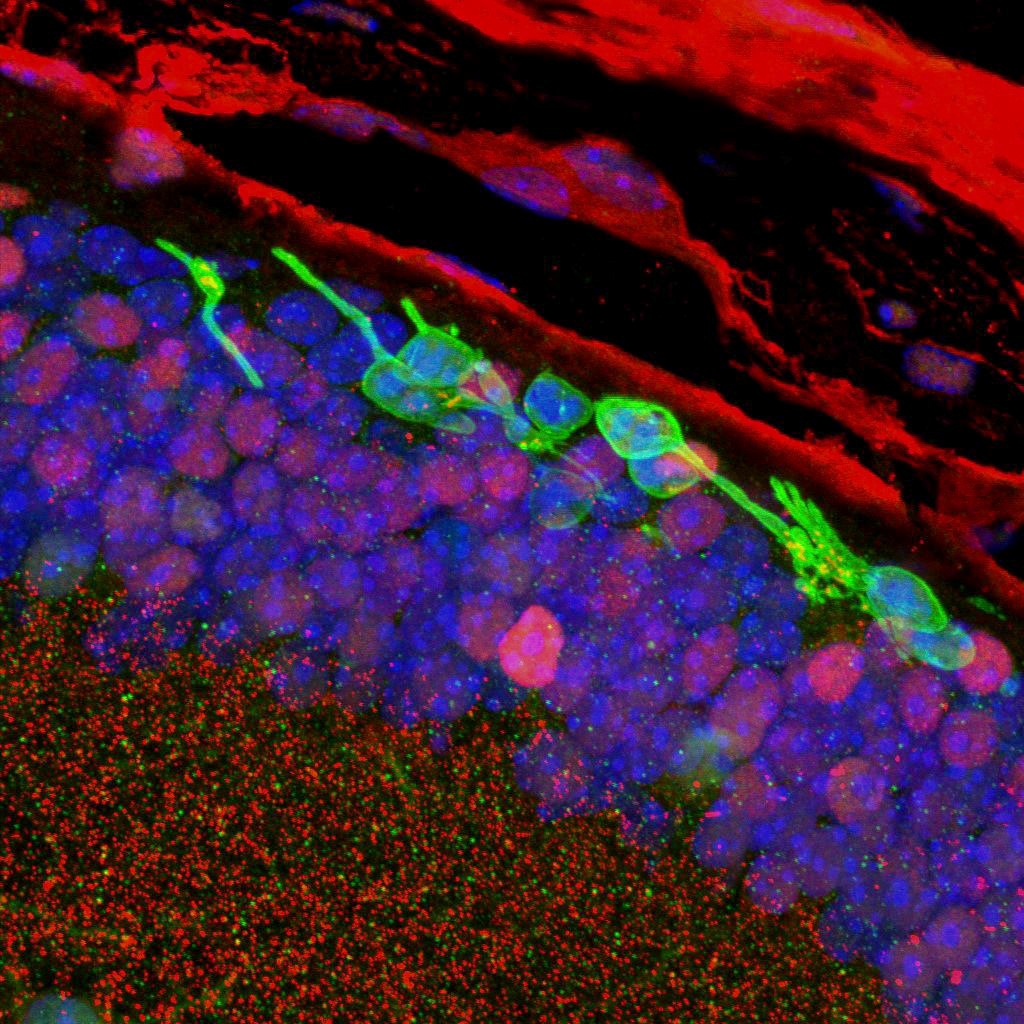
Researchers have discovered a technique for directly reprogramming skin cells into light-sensing rod photoreceptors used for vision, sidestepping the need for stem cells. The lab-made rods enabled blind mice to detect light after the cells were transplanted into the animals’ eyes.
FOR IMMEDIATE RELEASE Contact: Ilana NikraveshMount Sinai Press [email protected] Breakthrough Technology Used to Discover Eye Damage from Repeated Intravitreal Injections Findings may lead to new treatment approaches to counteract this problem (New York, NY – April 13, 2019) – In…
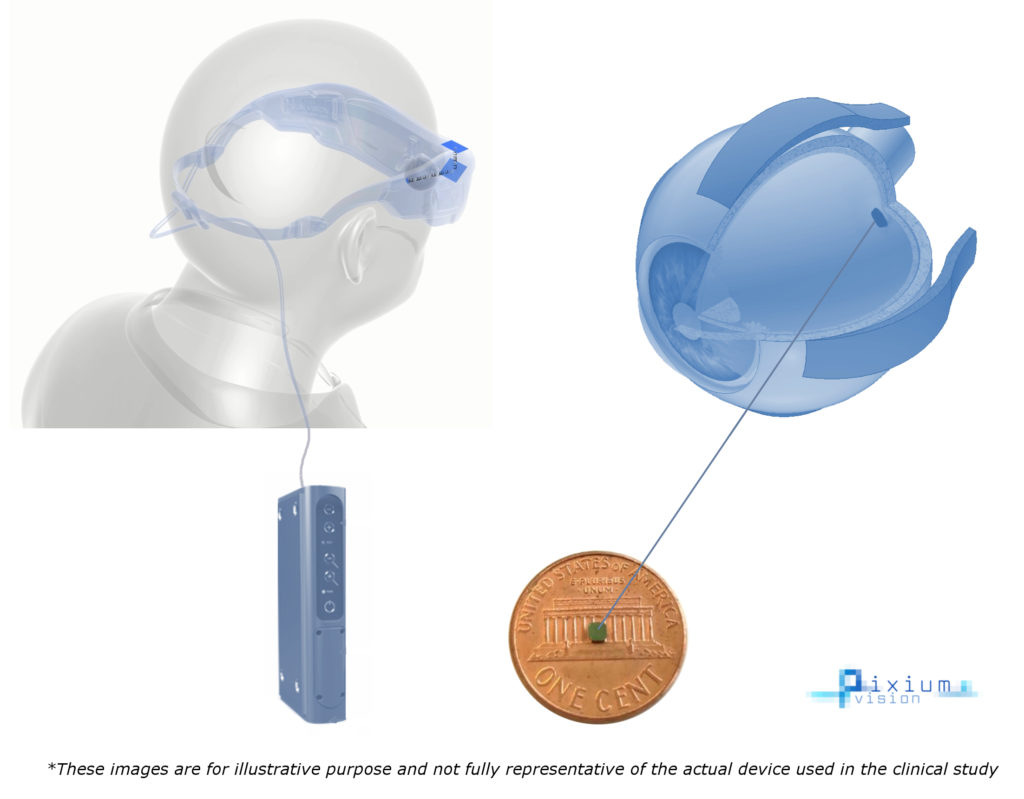
UPMC is the first center in the U.S. to implant a wireless retinal device to treat advanced age-related macular degeneration.
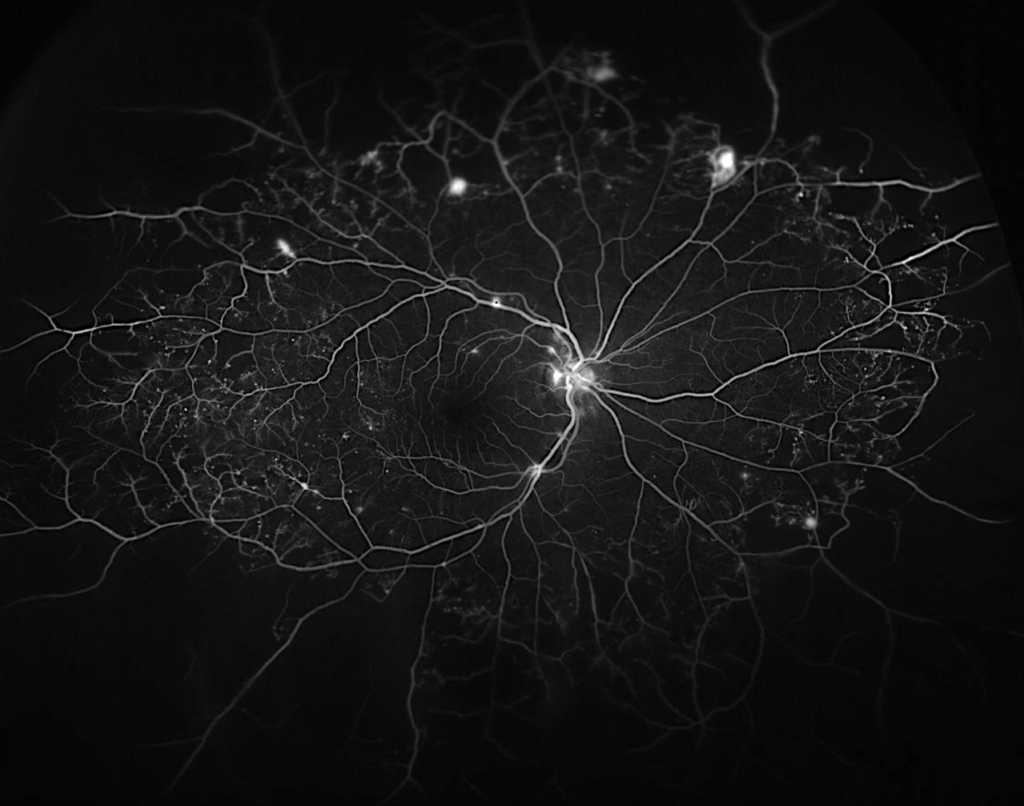
In a recent study using mice, lab-grown human retinal cells and patient samples, Johns Hopkins Medicine scientists say they found evidence of a new pathway that may contribute to degeneration of the light sensitive tissue at the back of the eye. The findings, they conclude, bring scientists a step closer to developing new drugs for a central vision-destroying complication of diabetes that affects an estimated 750,000 Americans.
Study is the first to identify specific cellular toxicity and show improvement after stopping supplement use